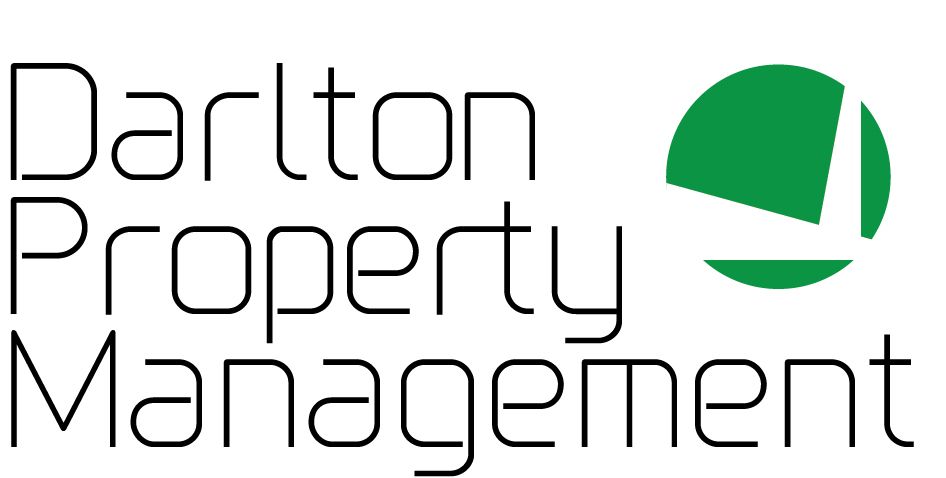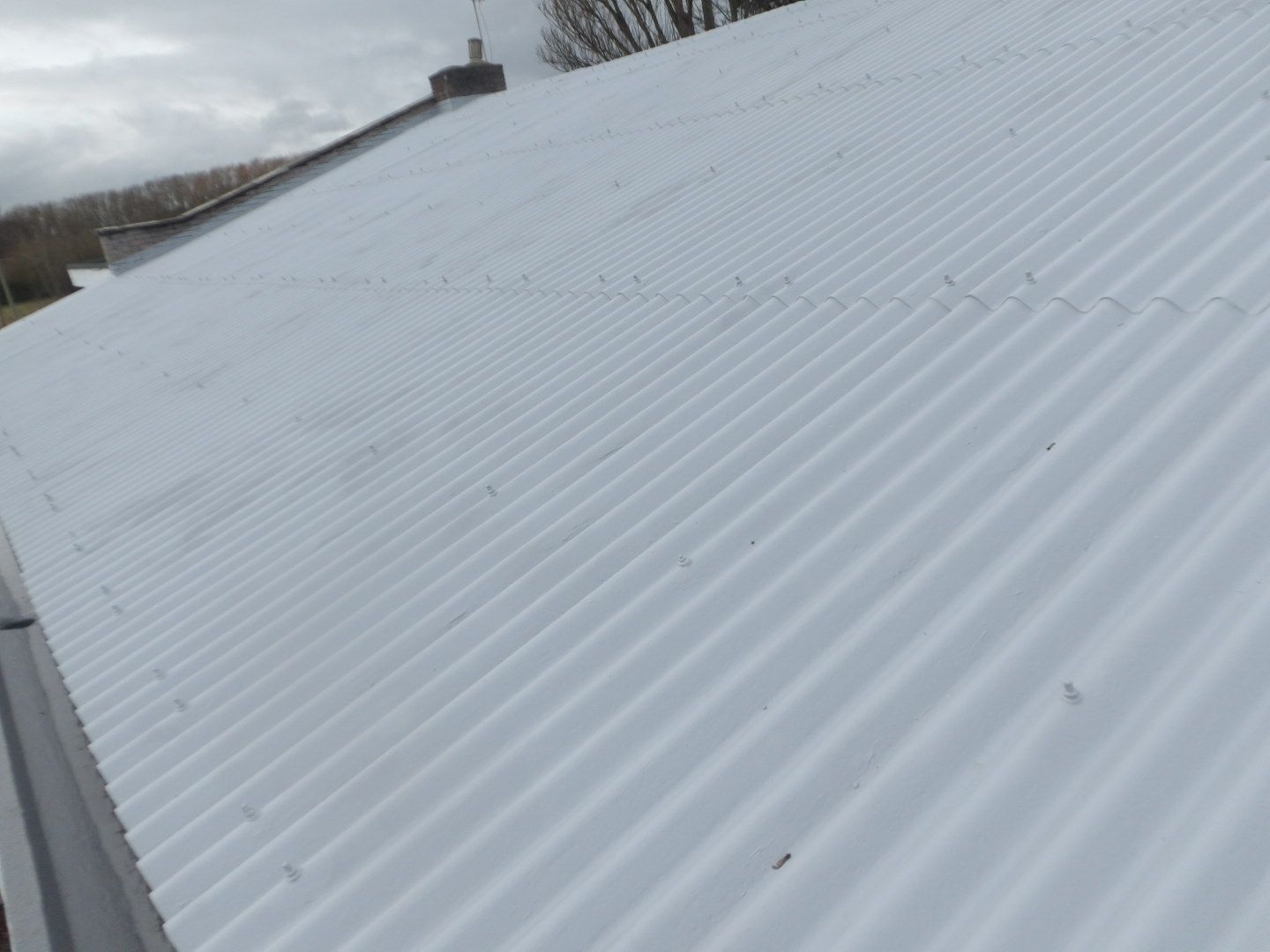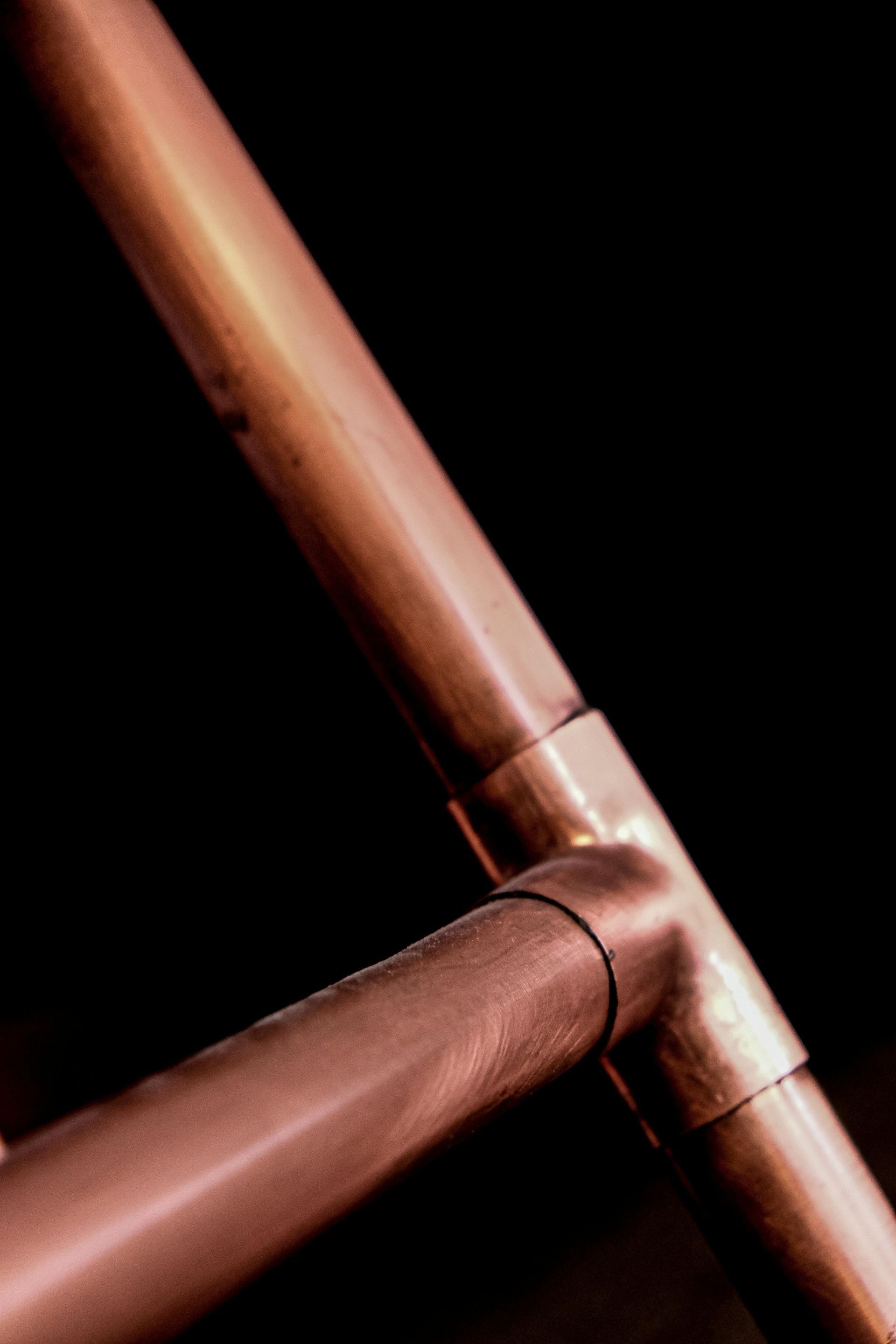
Cost effective roof refurbishment.
The application phase of waterproofing involves applying the chosen waterproofing material to the prepared surface. This is typically done using methods like brushing, rolling, or spraying, depending on the product and the surface type. The material is applied in even, consistent layers, ensuring full coverage and sealing of all seams, joints, and vulnerable areas.
How it works?
1
Preparation Phase
The prep phase of waterproofing is crucial to ensuring a successful installation. It involves thoroughly cleaning the surface to remove any dirt, debris, or existing coatings that could hinder adhesion. The area is then inspected for any cracks or structural issues, which are repaired before applying the waterproofing material. Proper surface preparation ensures that the waterproofing solution adheres effectively and provides long-lasting protection against water damage.
2
Application Phase
The application phase of waterproofing involves applying the chosen waterproofing material to the prepared surface. This is typically done using methods like brushing, rolling, or spraying, depending on the product and the surface type. The material is applied in even, consistent layers, ensuring full coverage and sealing of all seams, joints, and vulnerable areas.
3
Completion Phase
The completion phase of waterproofing involves allowing the applied material to cure fully, ensuring that it forms a strong, durable barrier against water. Once cured, the surface is inspected for any missed spots or imperfections and any necessary touch-ups are made. The area is then tested for water resistance, and any excess material is cleaned up. Finally, the site is cleared, and the area is ready for use, providing long-term protection against water damage. Proper completion ensures the waterproofing system performs as intended for years to come.
Waterproofing Calculator
Summary
Total Area: m²
Total Surface Cost (excl. VAT):
VAT (20%):
Total Cost (incl. VAT):
Estimated Duration: days


